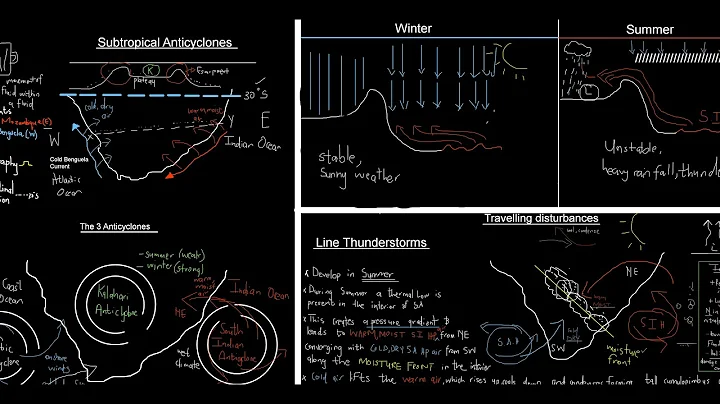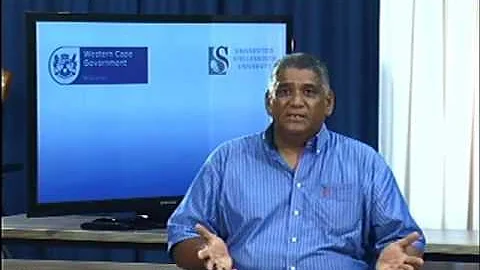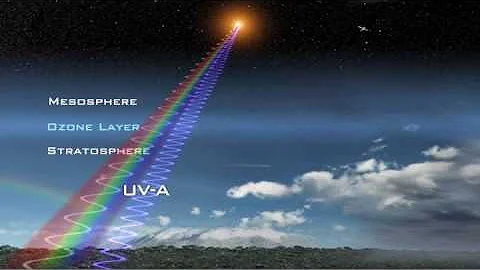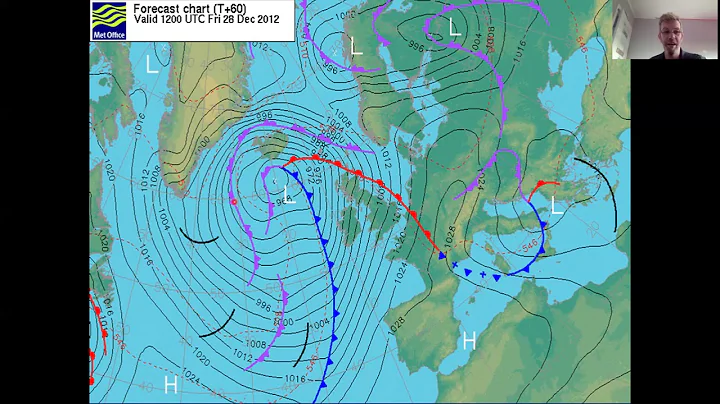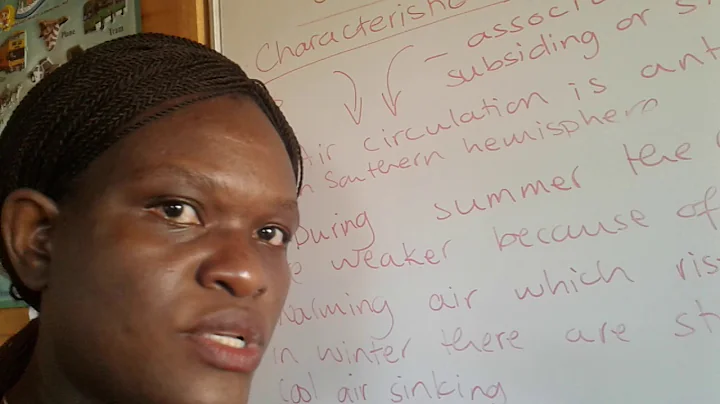As the subtropical high pressure moved significantly northward, the low-latitude ocean surface vacated space, and the Western Pacific with sufficient energy and water vapor immediately became active. On the morning of June 29, from the high-definition visible light satellite cloud map of Fengyun-4, A large number of tropical clouds are surging east of the South China Sea - Philippines , which shows that the western Pacific is entering an active period of tropical systems.

html Since June 26, Typhoon Embryonic 97W has been numbered east of the Philippines. In fact, after Typhoon Embryonic 97W crossed the Philippine Islands and entered the South China Sea, its eastern circulation broke away and continued to stay in the ocean east of the Philippines and develop independently. By June On March 28, it was numbered as Typhoon Embryonic 98W. This morning, the spiral shape of typhoon embryo 97W in the South China Sea is clearer, and the cloud system of typhoon embryo 98W in the east has also begun to concentrate and become less scattered. This is the development of both typhoon embryos.

After entering the South China Sea, the first numbered typhoon embryo 97W absorbed a large amount of monsoon water vapor and gradually intensified in the abundant ocean energy environment of the South China Sea. On the morning of June 29, the Japan Meteorological Agency officially issued a gale warning for it, pointing out that its central wind force has reached level 7 and may develop into Typhoon Siam, the third typhoon this year within 24 hours. Judging from the forecast given when the Japan Meteorological Agency issued the warning, this future Typhoon No. 3 Siam will slowly move northwest and gradually approach the coast of South China.

The forecast of my country's Central Meteorological Observatory also pointed out that tropical depression in the South China Sea has formed and may strengthen to tropical storm on the morning of June 30, becoming Typhoon Siam No. 3, and will gradually approach the coast of South China in the future. The intensity further strengthened, developing to a strong tropical storm level 10 around July 2 and arriving in the ocean east of Hainan, and the current forecast has the possibility of landing in my country.

It is not difficult to see from the forecast of the Central Meteorological Observatory that one of the characteristics of the upcoming No. 3 Typhoon Siam is its slow speed. It takes at least five days from the formation of the central South China Sea to the close proximity to the coast of South China. This is because after the subtropical high moves northward, it is very far away from the subtropical high and lacks strong guidance, resulting in slow movement. This is not necessarily good news. Although the current forecast does not support the future development of Typhoon Siamba to a very high intensity, it will absorb a large amount of monsoon water vapor in the South China Sea and carry a large amount of water vapor closer to Guangdong and Hainan. The slower it moves, Affected by this, the duration of heavy rains in South China will be correspondingly lengthened. Some supercomputers have even predicted that there will be a lot of rain in parts of South China in the next period. In early and mid-June, floods have just occurred in Xijiang and Beijiang in the Pearl River basin. The floods in Beijiang are history. maximum. The approach of the new typhoon will still be a huge test for many places in Guangdong and Guangxi.

#typhoon siamba# #high temperature# #heavy rain# #weather# #typhoon pursuit#



